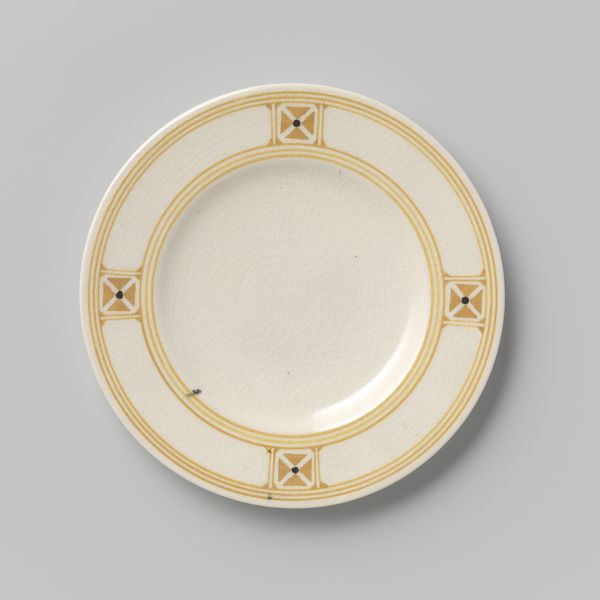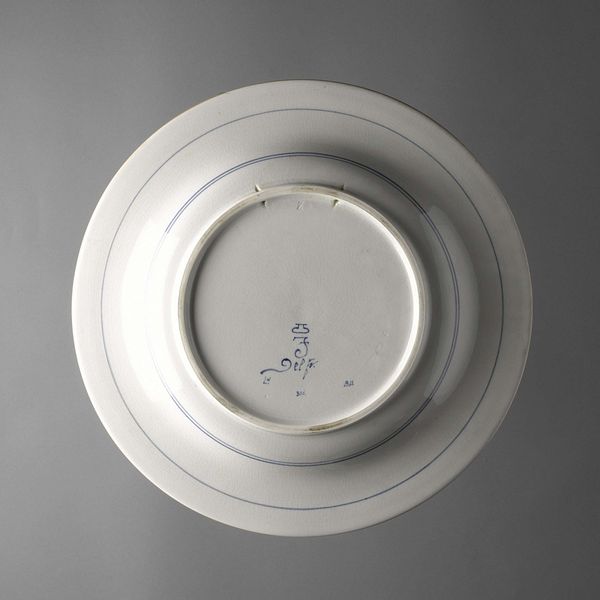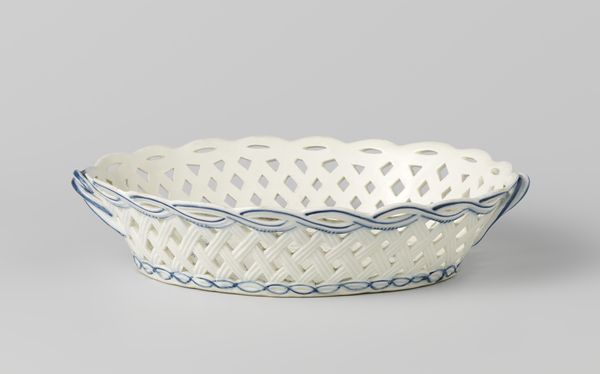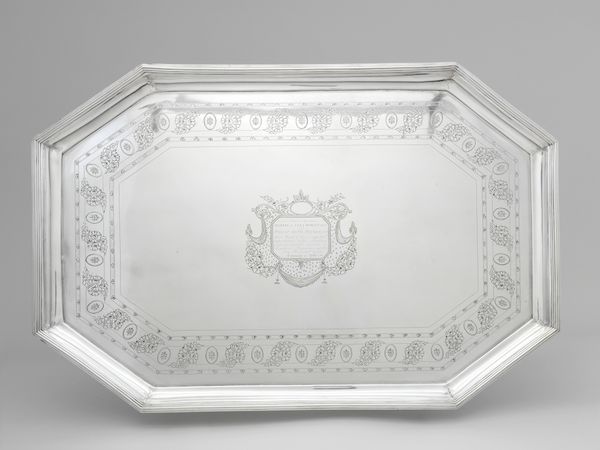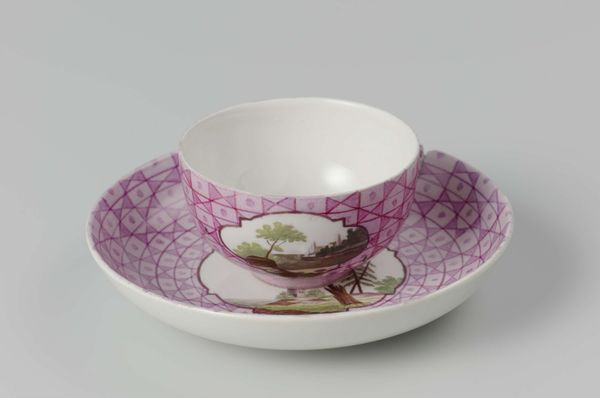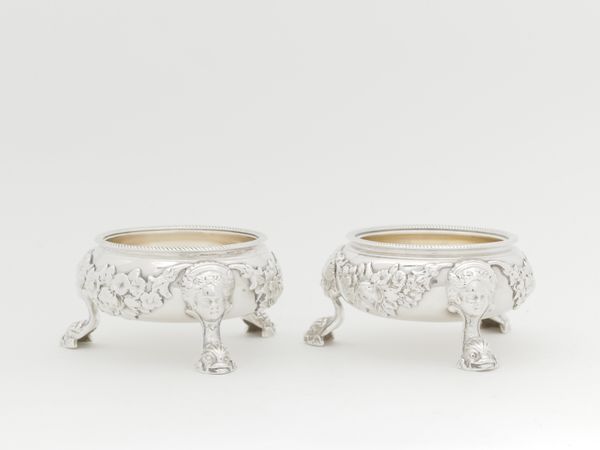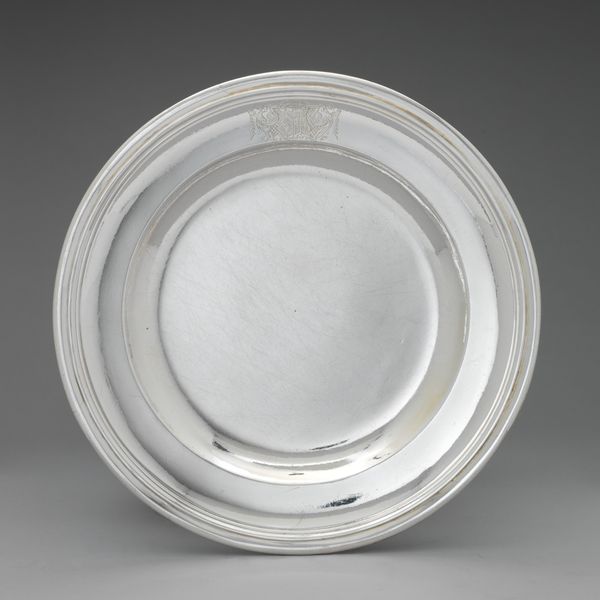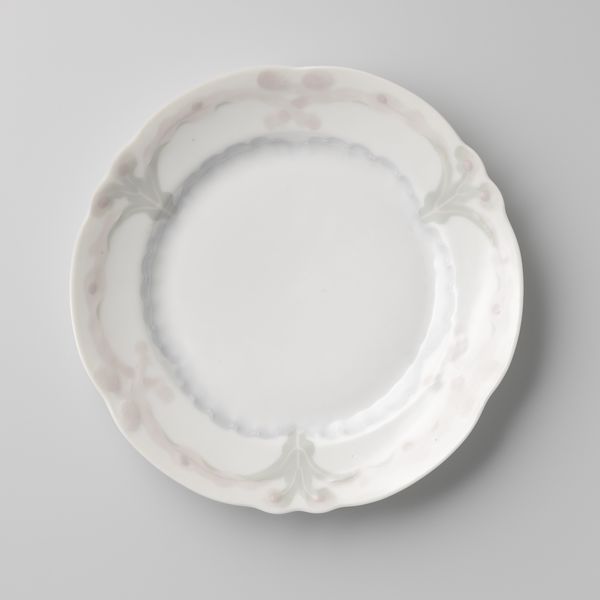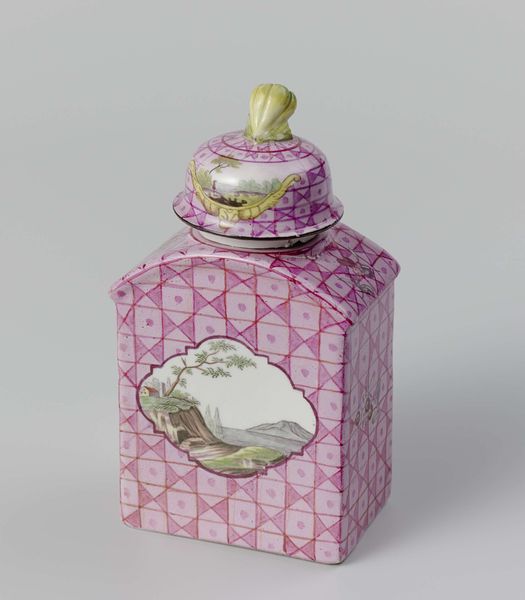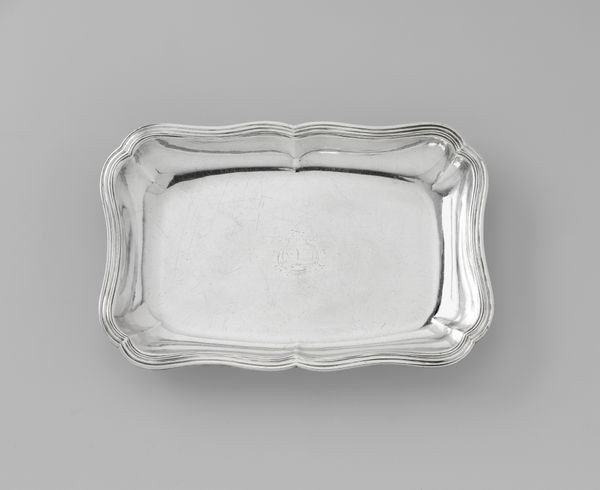
painting
#
portrait
#
painting
#
sculpture
#
intimism
#
ceramic
#
trompe-l'oeil
#
academic-art
#
decorative art
#
realism
Copyright: Modern Artists: Artvee
Curator: "Three Way Mirror" by Scott Fraser, a contemporary artist, offers an intriguing play with perception. At first glance, I find it deceptively simple, almost minimalist in its muted tones and straightforward subject matter. Editor: The stillness is what strikes me most, actually. It's an incredibly still composition, these pale eggs in their white bowls, reflected or presented in different ways by the mirror setup. What about you? Curator: I see that stillness, but I'm drawn to the historical context it subtly invokes. Fraser is working within the long tradition of trompe-l'oeil, which translates to "deceive the eye", dating back centuries. These were meant to blur the lines between reality and representation. The choice of eggs as the central motif has symbolic resonance. Eggs, historically and culturally, signify fertility, birth, and new beginnings. It's also related to Dutch still life tradition which speaks volumes about contemporary social and cultural realities and history. Editor: From a formal standpoint, I’m intrigued by the interplay of planes—the real eggs, the painted representation of eggs, and their mirrored reflections. This kind of structure immediately grabs me. You know? Also the surface qualities. Can you feel the slight unevenness of eggshells and smoothness of ceramics? This surface feels highly calculated to bring in such effects of texture and color as part of the intended affect, maybe to reveal hidden secrets? Curator: Precisely! The artist wants us to see what reality and surface truly contain and the secrets they hide. The meticulous brushwork further emphasizes the deliberate artificiality. Fraser’s strategic placement of the mirrors challenges our conventional ways of seeing—do we see objects and representations the same way or can our perspectives always have subtle differences? What the composition also conveys is a larger question around seeing— are we simply looking or do we perceive the artwork as a layered representation. Editor: Absolutely, and there's something almost unsettling about that precision. It's a testament to the skill, of course, and brings together light, color, and shape beautifully. Looking again, I am finding that the very act of observing is the focal point. Curator: Indeed. Considering how images circulate within today’s society and the role digital screens take over perception of space, perhaps the artist provides a silent, critical commentary, inviting viewers to become conscious of the complexities involved. The artist also questions institutions as such: Are museums showcasing mere images for aesthetic pleasure or should it invoke a larger questioning within audiences? Editor: Interesting viewpoint! After spending more time considering, what began as a simple picture is actually full of formal qualities with much wider social implication and institutional contexts. Thanks for that! Curator: My pleasure. I believe Fraser's combination of the technical, symbolic, and the conceptual invites viewers to think about how much they truly understand visual information beyond face value.
Comments
No comments
Be the first to comment and join the conversation on the ultimate creative platform.
